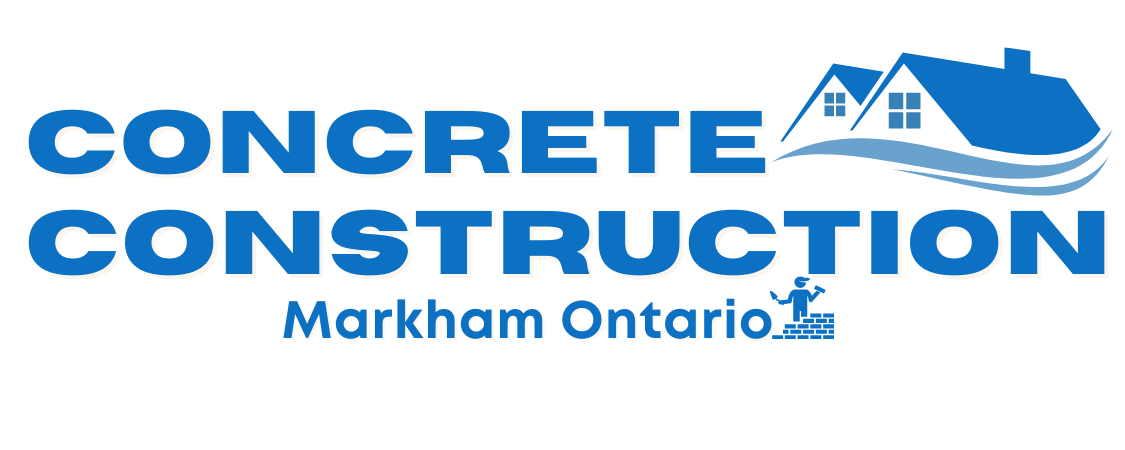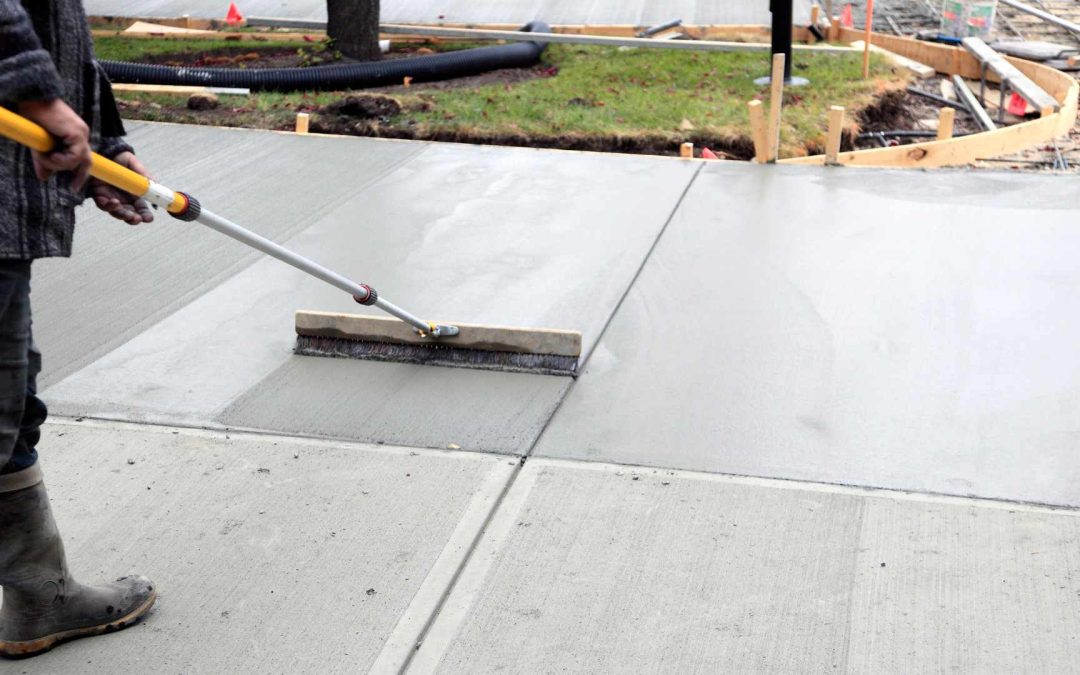Concrete repair is a process of restoring aging and deteriorating concrete structures to a condition that is safe, functional, and aesthetically pleasing. It can also involve the strengthening and reinforcement of existing concrete structures to prevent further deterioration or damage. As concrete ages over time, it becomes weakened due to exposure to environmental elements such as rain, snow, wind, and chemicals. This can cause cracks in the concrete surfaces or structural degradation which can create safety hazards for people and property nearby.
The process of repairing damaged concrete begins with the assessment of existing conditions and identifying any possible causes for the damage. After this evaluation is complete, a plan is formulated to address any issues that have been identified. Depending on the severity of the damage, either repairs or replacements may be recommended by professionals. In some cases, only minor repairs may be needed such as patching small cracks or filling holes in the surface. In other cases, more serious repairs may be necessary such as replacing large sections of concrete or reinforcing weak spots with reinforced steel bars.
In order to perform successful repairs on damaged concrete structures there are several key steps that must be taken prior to beginning work. The first step is properly preparing the surface which involves cleaning off dirt, dust and corrosion from the affected areas followed by application of a bonding agent so that new materials will adhere securely to existing surfaces. The next step in successful concrete repair involves installation of new materials such as fresh mortar, cementitious grout or epoxy depending on what type of material was used originally when building the structure. Once these materials have been installed correctly they should be allowed to cure before additional steps are taken for finishing touches on the repair job.
Finishing touches might involve applying sealants over all repaired areas which will help protect them from further weathering and wear; painting newly installed surfaces with waterproof paints; troweling down any excess material; and patching up any remaining gaps or cracks in order to provide an even finish around edges and corners where two pieces meet together. Properly completed repairs should last many years before needing attention again but regular maintenance such as cleaning off dirt or grime buildup should still be done periodically so that no further damage is caused by moisture infiltration inside walls or slabs.
Concrete repair projects can often require significant investments in both money and labor so it’s important for anyone considering taking on one of these projects understand all aspects involved before committing themselves financially and physically. Additionally, individuals who wish to attempt these types of repairs themselves should ensure they are adequately trained on proper safety protocols when working with hazardous materials like cement mixes which can release harmful chemicals into air if not handled properly during mixing steps involved in creating mortar mixes or epoxies used in various forms during different types of projects requiring concrete repair work.

